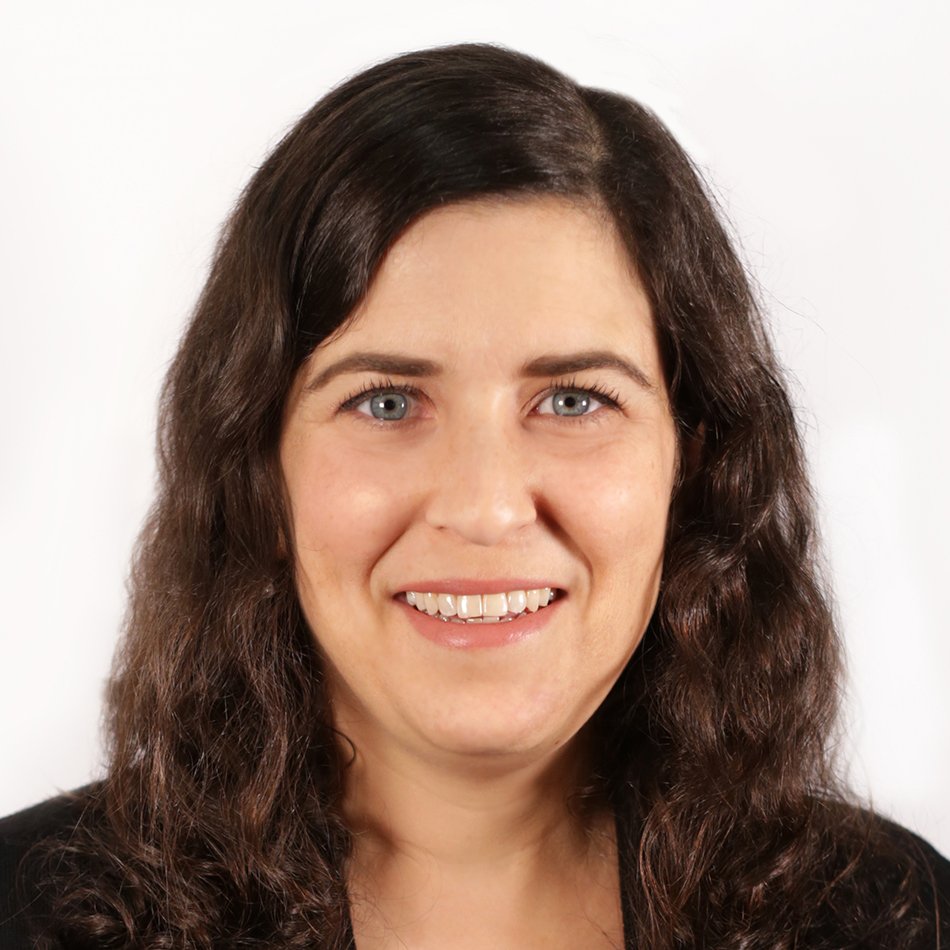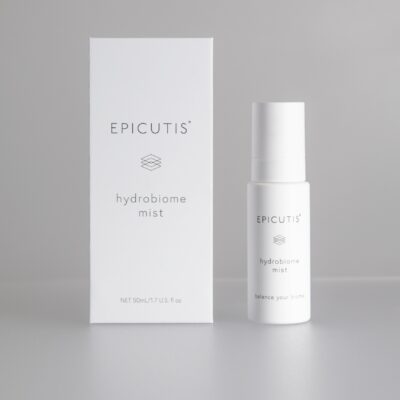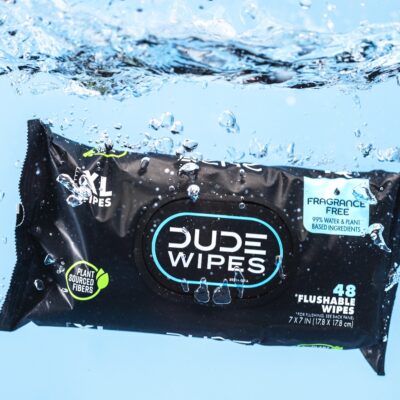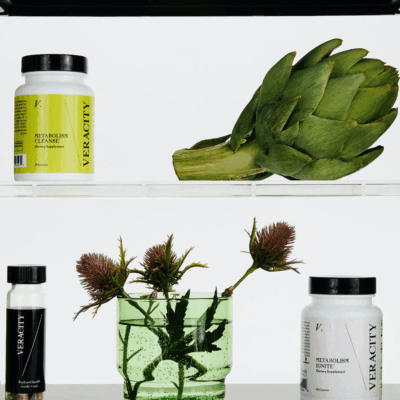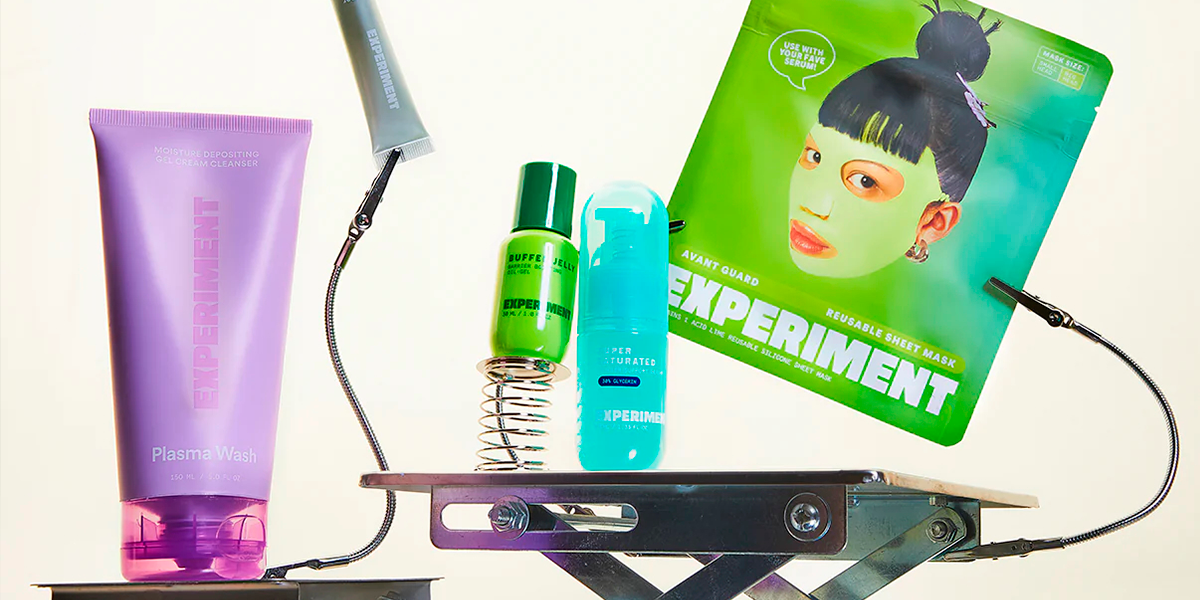
“$5M To $6M To Grow”: Angel Investor And Advisor Anne Kurtz On The True Cost Of Beauty Brand Traction
Being an investor, no matter the industry, is inherently risky. But, in beauty, that sometimes can be hard to remember because the rewards are celebrated much more than the risks are discussed as brand failures tend to be swept under the rug.
Anne Kurtz, an angel investor and advisor to emerging consumer packaged goods brands, is atypically open about her investment wins and losses. She’s incredibly clear that the losses aren’t for lack of trying, expertise, passion or even good products. Often, they’re due to ill timing, bad luck or unrealistic expectations. Kurtz has noticed emerging beauty brands, particularly those that have secured institutional capital, have gotten sucked into a cycle of fundraising that many can’t withstand.
“It just becomes almost a trap and ends in a closure unless you’re able to raise a lot of money, and the brands I’ve seen that have been able to raise tons of money to begin with were either insiders coming from VC to start a brand, very wealthy individuals, celebrities or influencers,” she says. “I’ve seen a lot of brands that I would’ve hoped had done better. If they don’t have enough money, there’s no buffer if they have a problem.”
Kurtz’s unusual candor may come from her unusual path to becoming a CPG brand and advisor. She obtained a doctorate in food science at Cornell University before spending around a decade at Unilever, first in global water sustainability and later in research and development and technology scouting.
With support from Unilever, Kurtz launched perimenopause brand Mojo Wellbeing and hyperhidrosis brand Dr. Sweat. While Kurtz was at the conglomerate, she also started a newsletter that’s become The Juicy Byte, a Substack covering the newest CPG brands, research, reports and headlines that’s become a must-read for in-the-know CPG practitioners.
Beauty Independent talked to Kurtz about what she wants to know about companies she’s considering advising or investing in, how mentorship programs for beauty entrepreneurs could be better, product categories she has her eye on, and why she estimates it takes $5 million to $6 million in funding for brands to gain meaningful market traction.
Tells us about your angel investing. What’s in your portfolio, and how much are you investing in brands?
I usually invest around $25,000. My first investment ever was in Glory Skincare. I invested in Remi, Cybele Microbiome and Experiment. I was an early investor in Plus Products. I’ve been an advisor to Bodily and Scent Lab.
What I bring to the table isn’t really the capital. It’s helping people network to find investors, my ability to advise companies in terms of understanding the nuances of product development and the sticky area around claims and marketing as well as understanding what CPGs companies can and can’t do and what will catch their eye. So, with Glory Skincare, when I invested, we were immediately able to get another big investor on the cap table that I think gave $500,000.
They got into Sephora Accelerate and went viral because Kylie and Beyonce followed them. Quickly I learned how hard it is for certain founders to raise when there are other products in the market and investors don’t see the differences between them, and how, if you don’t have enough capital, sometimes even getting into a retailer can mean that you have to close.
How do you see the landscape for startup beauty brands trying to get smaller checks?
Often, brands will say, “So and so raised this much,” and they don’t realize how connected someone may have been to begin with by family or the fact that they are already very in the startup network. When brands have approached me and have a cool idea, if they’re having trouble raising, unfortunately, it can be a red flag that it’s not going to work moving forward.
In terms of the small checks, it’s very tough. It involves a lot of conversations that may not go anywhere. You have people that say, “I’ll wait until someone else writes,” which means founders get stuck in a bit of a catch 22.
Personally, what I’m looking for is, is there a strong team? Is there a point of differentiation? Do I think this founder can build this? They may be an outsider, but will they be able to figure out how to ask the questions that will get them the funding? Do I see a gap in the CPG space? Maybe they’re doing something that is a gray area for a large CPG because they’re concerned about getting sued, but, if that company gets big enough, they would be an acquisition target because they have a unique customer base for a CPG company.
The more unique IP, the better. There have been a number of brands that I’ve been approached with where I’ve seen they get capital, but it’s just a brand, and there’s not much else behind it. I’ve been like, how far can this go? The actual uniqueness of product isn’t necessarily what’s getting them their wins, which is something that for me as an investor has always been hard to balance because I do want something that’s unique from an innovation perspective, but, at the same time, if the branding’s not there, it’s very hard to grow.
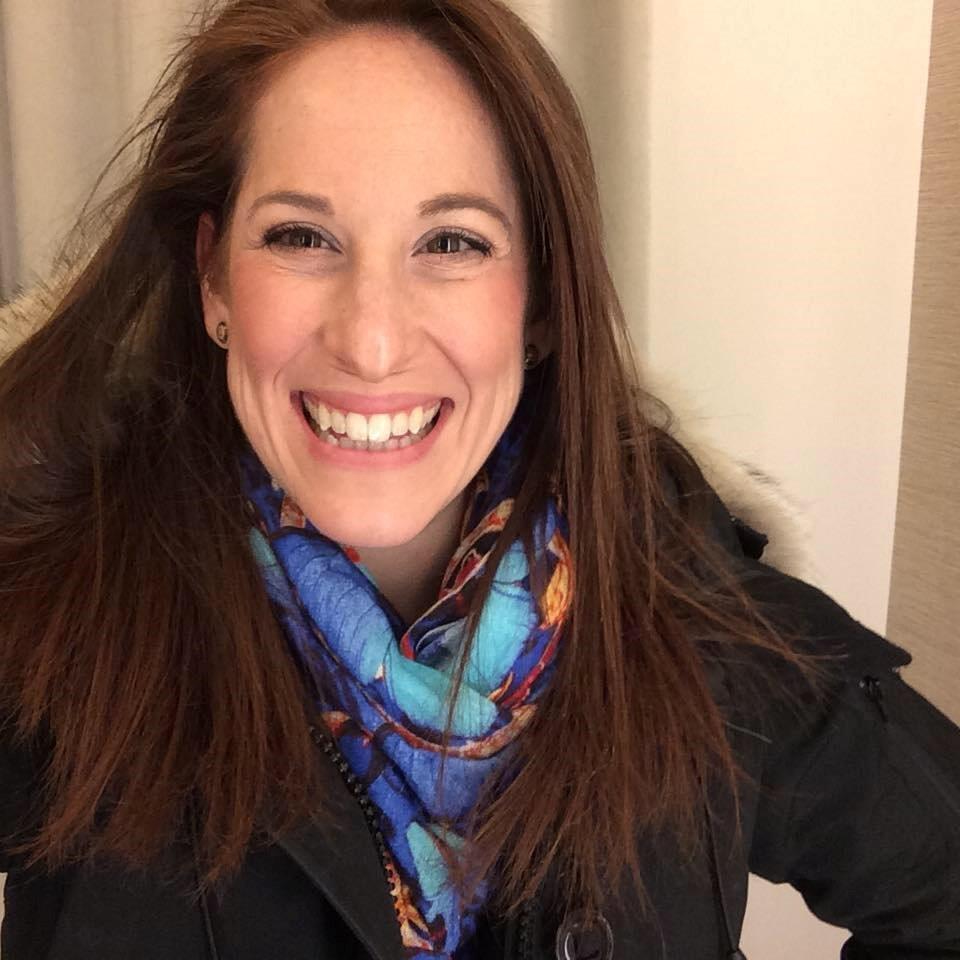
What have you learned from brands in your portfolio that have been successful and unsuccessful?
Obviously, [Experiment co-founder] Lisa [Guerrera] is an incredible founder. The thing I always emphasize to brands that I work with, using Experiment specifically as an example, was they spent so much time getting product-market fit, marketing one product over one and a half years before it was two products. It was very slow. Now, they have six products. The intentionality around their marketing mixed with the science was very smart.
I’ve noticed that companies really need at minimum $5 million to $6 million to get going in the market. For a brand to start out, raising $1 million makes it tough to sustain or grow, specifically in skincare. Ideally, if a brand can raise $1 million to $3 million to start that would be best, and $5 million to $6 million is to grow. Some celebrity brands are able to raise that much. It makes the valuations high and realistically can price out some of these brands later.
These numbers are also based on taking VC money, where growth and velocity are expected. The challenge for VC-backed brands is, once velocity slows due to funding running out and pulling back on marketing, it can be really challenging to raise if the numbers do not look good, which is why I am seeing so many brands in a constant raise cycle.
There are a few brands I work with, one being Norie, that are self-funded and have been very successful, with a truly wonderful product. It has taken a much slower approach, knowing full well that VC dollars change how the growth trajectory is viewed. On the flip side, Plus Products did raise a lot to begin with, but, due to the lack of product-market fit, then slow velocity, it basically led to its own demise. So, there is no perfect formula.
Seed VCs will say, once you’ve reached $1 million, we’ll talk about investing. To get there, a lot of brands are racking up debt. Once money does come in, like a $500,000 check, you’re immediately paying off debts and things never really get moving, which is frustrating to watch, and it’s an issue with growth expected from VCs and the constant need to raise in a competitive market. To get to real profitability can be a challenge, and founders may take a look at that and realize this isn’t going to work. I almost respect that more than keeping going with massive raises and having an unhealthy company.
How do you arrive at the $5 million to $6 million funding estimate for supporting growth?
It’s not a perfect number, but marketing costs are very large to stay constantly present. Brands that I know where they’re running short on cash and then pull back that funnel, the sales go to zero. It’s just the truth. As a consumer, there are so many things available to you and being marketed to you at all times. A brand has to be ever present and the cost of being ever present keeps rising.
It’s about activations. The more touchpoints you have with consumers, the more you can do. Influencer marketing is not free. You’re giving away product and hoping that somebody big does talk about it. Then, let’s say you do go viral, you have to be able to have the capacity to fulfill that. If you’re a small company ordering small MOQs, it’s very expensive.
Let’s say you are a small brand and have managed to get into Sephora or Ulta early, they’re expecting all your marketing to go directly to them, not your DTC channel, which costs an enormous amount of money in terms of redirecting consumers to their channel. You really only get one chance with a retailer. If you start failing in retail, the retailers will drop you faster now because they have so many brands knocking on their door, and once you start failing in retail, you can’t raise again.
If you could advise the organizers of mentorship or accelerator programs for startup beauty brands, what suggestions would you give them?
The positives I see for brands is it’s obviously huge exposure at first with the press release. What I often struggle with is that a $10,000 or $15,000 check can go very quickly for a small brand. Of course, you can be smart about how you use it, but it’s not very much.
For these programs, they should select very different companies from each other. When Glory [was in Sephora Accelerate], they had a lot of very similar types of company, and ultimately at the investor day, I heard feedback from the investors that they felt it was like the same companies pitching over and over again.
I think coaching on, OK, this is actually what we expect from the brand in terms of funds, marketing and inventory when we offer them shelf space, that would be incredibly helpful. Also, it would be good for them to get coaching on best practices around the marketing funnels. It’s very difficult for brands to graduate into retail. Even if they are accepted, some of the brands are very young, and they may only have one product. If you have one product on a shelf, it’s hard to stand out.
The other thing that has been a challenge for brands that get into these programs is, when they have investor days, they’re inviting investors who are investing in more mature companies. It’s just conversations and politeness. They need to be inviting smaller funds, large angels and family offices.
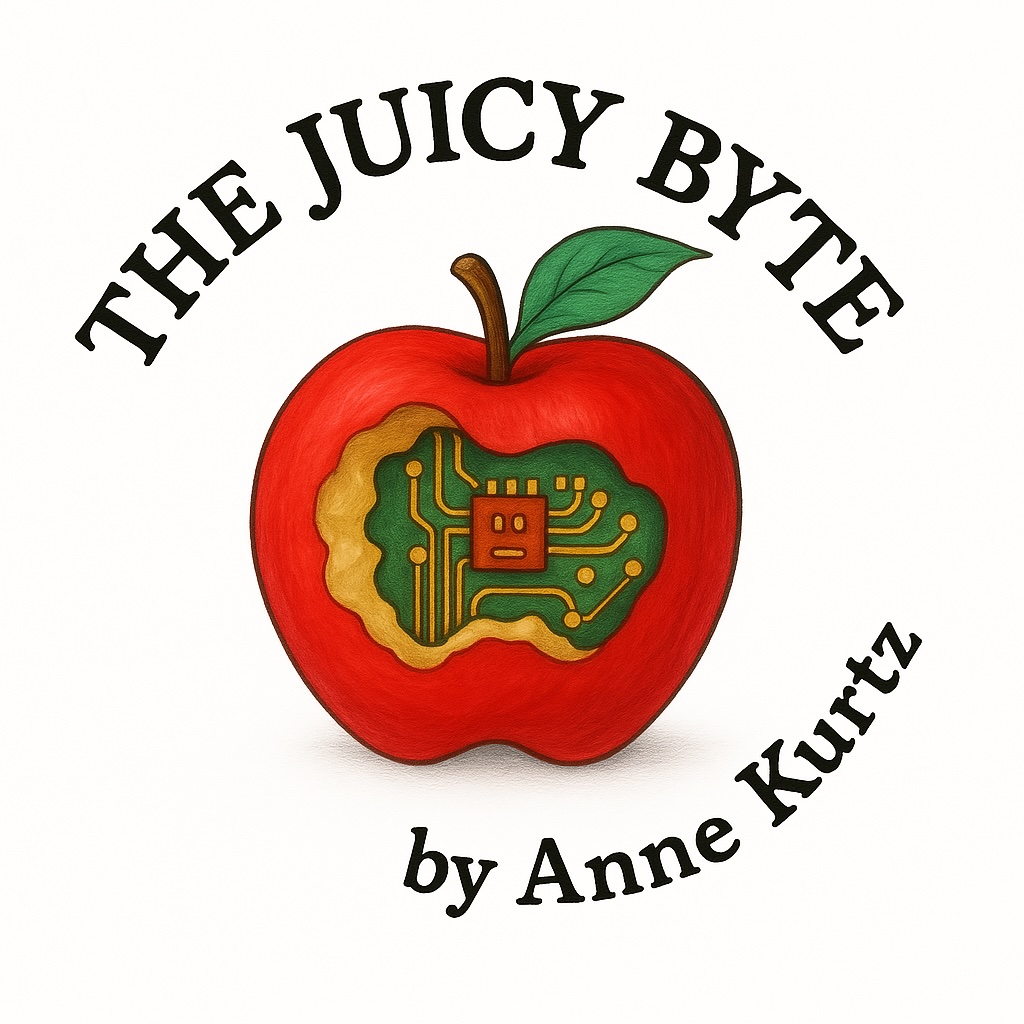
Are there specific categories or types of brands that you’re coming across more that interest you?
More and more brands are dabbling in both doing topical and ingestibles at the same time. Many of them are focusing on the longevity space, which I think is interesting. I haven’t necessarily seen a company that I’ve been super excited about in it.
A lot of the science behind what they’re talking about like NAD+ isn’t well established. I haven’t personally found myself investing in that space, but I think it will be big. What’s been interesting is watching the testing companies that are coming in the longevity space in terms of being able to get different blood tests, biomarker tests.
I have seen a number of companies approaching heritage in new ways that are modern. I am always blown away by the number of new brands I see coming up, especially the number of Korean brands.
You were early to the perimenopause and menopause category with Mojo Wellbeing. What’s your take on the category now?
It’s very challenging to deliver real change through topicals. For Womaness, their neck cream is a bestseller, and I think that the category can definitely fit pain points for people searching for certain solutions like for hot flashes or dryness. But I’ve always thought that the best argument for products in the category is through the doctor’s office.
I know that there is a belief by the North American Menopause Society that there’s no point to most of these products and HRT [hormone replacement theory] should be the main solution, but I think, especially in the U.S. market, women are looking for non-hormonal-driven solutions. But it’s very hard for brands in some of these spaces to get awareness, and it’s difficult for them to market because of restrictions on social media.
Sometimes it’s a little confusing for consumers to understand the difference between a menopause brand and a sexual wellness brand because of the way they’re positioning themselves. And, well, what is really going to work? Is this cream actually better than a SkinCeuticals face cream? Why do I need to change to the one from the perimenopause or menopause brand?
That’s also been challenging for retailers. Should it be in a separate section or should they have the skincare stuff in the skincare space? For some brands, it was separated. Ideally, you’d want everything together, but a lot of it is cross-category. Some makeup brands have done a better job at targeting more mature skin, but I think that it’s a hard place to be in, especially if the products aren’t front and center for that target audience.
How do you see things evolving in fragrance?
There are a number of niche brands that are popping up right now. I am honestly quite scared because, can they survive? Part of me wants to believe that you can do visual storytelling through fragrance, and you don’t need the experience of smelling it, but there are very few full-size fragrances I’ve bought totally unseen.
What has been interesting for me to watch is how TikTok has elevated fragrance so much, and there’s no doubt that that’s what’s propelling this. I also think just the fact that it’s often an accessibility point for luxury for many people makes the category really interesting and the fact that everyone wants to feel like an individual, even though everyone is doing the exact same thing.
I was always obsessed with how I could change my fragrance literally throughout the day depending on how I was feeling. I always have at least six different body washes in my bathroom–this is the one I want to use after I work out or when I wind down or when I want to feel fancy.
I still think there’s a long way to go in terms of the neuro aspect of it, and I think that the brands that are going to be able to get large shelf presence at Sephora or in stores will do better than the ones that are going to live online just because describing fragrance can be so difficult.
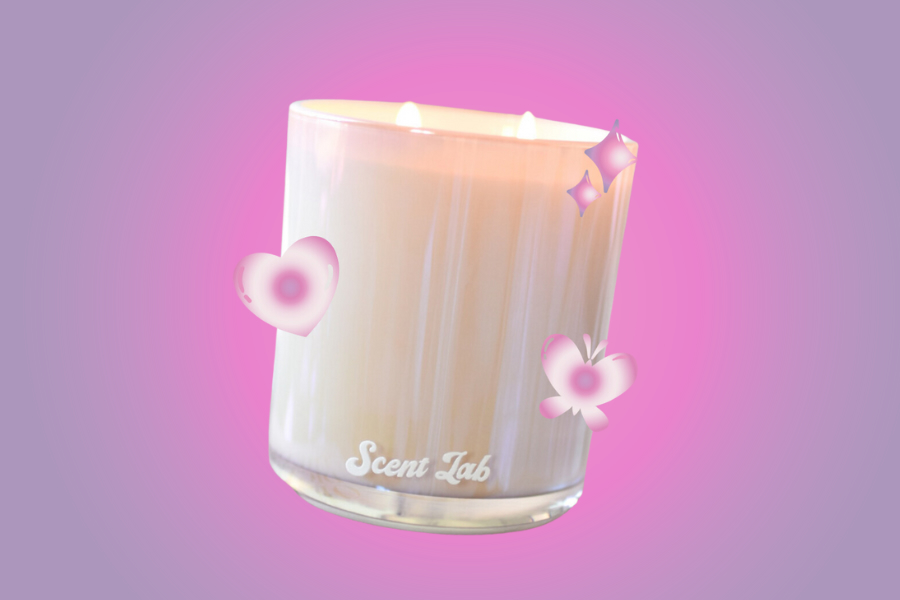
What do you think is important to relay to smaller brands looking for money in this particular environment?
It has to be unique, and it has to be something where you already see that there could be a strong demand for it. If you are going to talk science, you have to have real backing there. Don’t just create a story. Know what you’re talking about.
I personally lean on pain points, things that haven’t been done well or haven’t been changed in 50 years and there could be a better version of it, but it can’t just be a clean version of X, Y or Z. There needs to be something else that would make you want to use it and talk about it to your friends.
